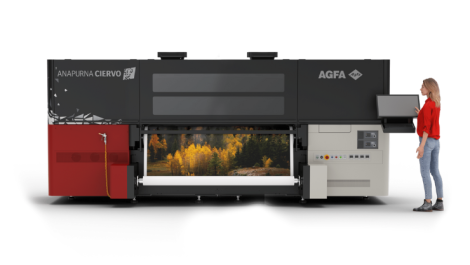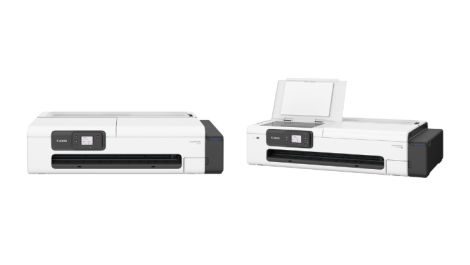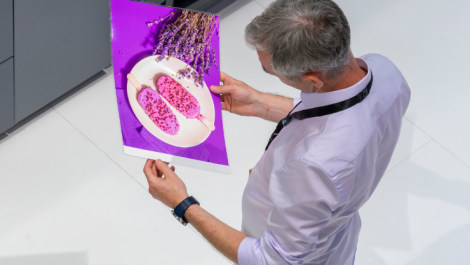The Digital Print Deinking Alliance (DPDA) has seen positive results from numerous deinking studies presented at the recent PTS/CTP Deinking Symposium in Munich, Germany.
‘I think the industry is beginning to recognize that there are many successful combinations of paper and inkjet inks that pass the INGEDE Method 11/ERPC Scorecard deinkability assessment,’ said Kodak’s Don Burns, business development director, Inkjet Technology Partnerships. ‘I was pleased to discuss these results with INGEDE representatives who agreed that there are indeed some positive inkjet combinations that should be promoted for successful deinkability.’
At this year’s symposium, Alexander Schiller of Fogra Graphic Technology Research Organization shared the results of a major study using four manufacturers of inkjet inks and nine papers tested for deinkability according to INGEDE Method 11/ERPC Scorecard.
The results were positive as all but one ink/paper combination passed this test and 90% of the Deinking Scores ranged from 72 – 100 and therefore were classified as having ‘Good Deinkability’ under both stationary and publishing metrics. The single failure was later explained by the manufacturer to be related to a prototype ink still in development.
David Croll, product line manager ink & substrates with Océ Printing Systems, presented the results of a study which concluded that paper choice is critical for successful deinking of water-based inkjet inks.
With pigment-based inkjet inks, several papers that contain a water soluble calcium salt were successfully deinked according to Method 11. For uncoated wood-free inkjet treated papers, calcium is a standard chemical component used for improved print quality. Calcium salt is also used in some coated wood-free papers. Mr Croll’s research confirmed the functional benefits for deinking that calcium provides for inkjet inks. ‘The paper industry has long used calcium salts to enhance image quality, we now have a direct correlation for good deinkability of these papers with pigment-based inkjet inks,’ said Mr Croll.
This view was echoed in research presented by Nils Miller, environmental research scientist for HP. In HP’s study, 10 commercially available uncoated and coated papers used by HP customers were successfully deinked according to INGEDE Method 11/ERPC Scorecard testing conducted by researchers at PTS.
‘About five or six years ago, concerns were first raised about potential deinkability issues with inkjet prints. Since then, we have seen significant improvement in ink and paper deinkability. In a time of change when the paper and printing industries face a number of challenges, it is important that both industries devote resources to assessing and, where necessary, improving inherent deinkability. This study reinforces the idea that commercially viable papers can have good deinkability with modern inkjet inks.’




